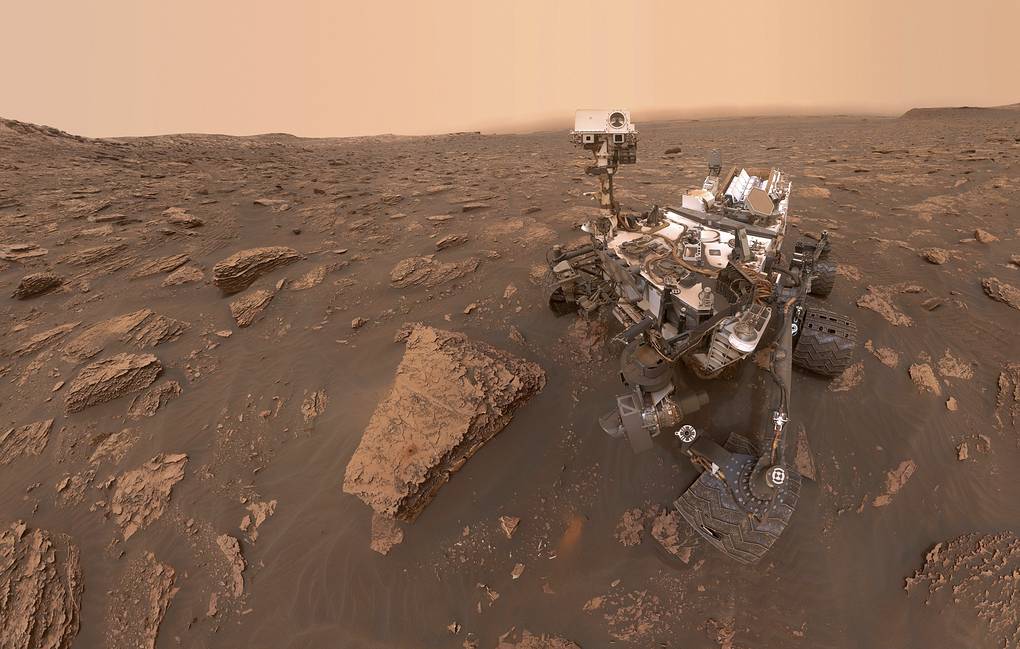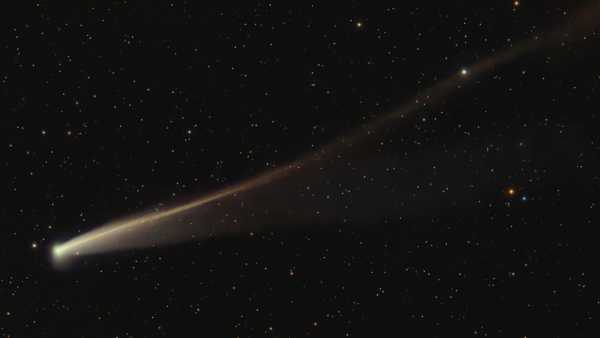
The space research vehicle Curiosity discovers organics on Mars once again.
Scientists expect that this will lead to the discovery of signs of life on Mars.
Scientists have concluded that there are huge reserves of organics on Mars’ surface based on the results of a study of soil samples from the so-called Bagnold dunes, which housed the rover Curiosity. This is the reported second “field” of organics on Mars. The scientific journal Nature Astronomy provided a summary of the work.
“We didn’t find amino acids in these soil samples, but we did find benzene and ammonia derivatives, phenols, phosphoric acid, and large molecular weight chemicals. We still don’t know where these compounds came from “, – the researchers write.
The first organics on Mars were discovered three years ago in Gale Crater’s centre region. In samples of local rocks, a chemical laboratory rover discovered signs of benzene derivatives, as well as sulphur compounds and a variety of simple and aromatic hydrocarbons.
Curiosity team scientists led by Paul Mahaffey uncovered another big “deposit” of organics on Mars in a recent examination. The samples this time came from a different part of Mars, the Bagnold dunes.
The rover discovered layers of rocks generated in hot springs in this area of Gale crater, which piqued scientists’ interest. It’s possible that life once existed there. As a result, Curiosity came to a halt at several places of the Bagnold dunes, collecting soil and rock samples and depositing them in a special repository SAM laboratory for further research.
Previously, during the investigation, the Martian rocks were burned to high temperatures, resulting in the emission of various gases that were analysed using a chromatograph. Scientists were able to discover relatively basic organic chemicals in the samples as a result of this, but complicated substances that breakdown when heated were hard to separate.
The rover was equipped to undertake experiments in “wet chemistry” to overcome this challenge. Crushed rock samples are washed with a particular chemical that dissolves complex organics and allows the presence of the substance to be identified using a chromatograph in this example. Because the rover only has a limited number of reservoirs with this material, samples for “wet chemistry” tests are carefully chosen.
Mahaffey and his colleagues’ decision was perfectly warranted in the instance of the Bagnold dunes samples. Benzene compounds, different amines, phenols, phosphoric acid, and two dozen complex organic chemicals were discovered by the rover’s equipment. Due to the Curiosity lab’s limited capabilities, their exact composition is unknown.
Curiosity’s prior discovery of complex organics in two distinct places of Gale Crater at the same time is key proof that it was neither an accident nor a mistake. Mahaffey and his colleagues think that with more research, planetary scientists will be able to identify remnants of amino acids and other compounds that could have given rise to Martian life.




